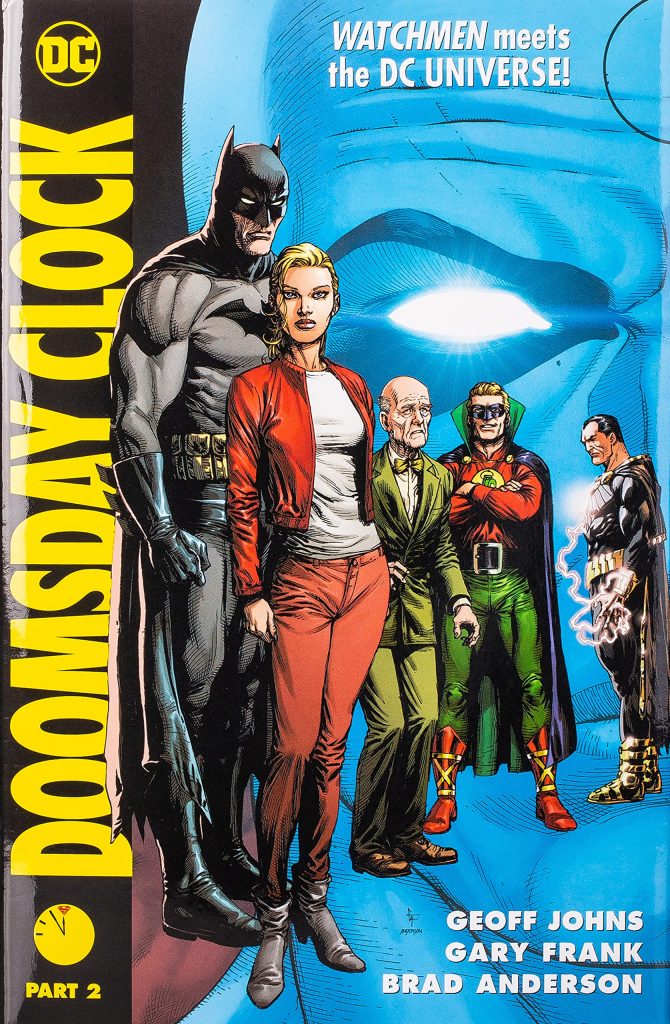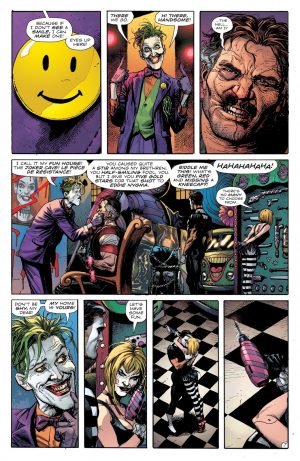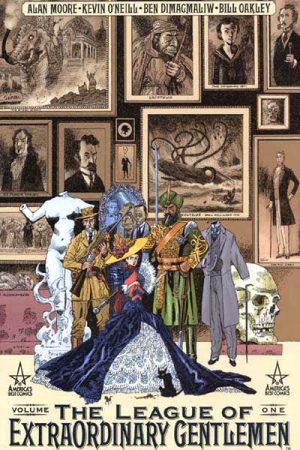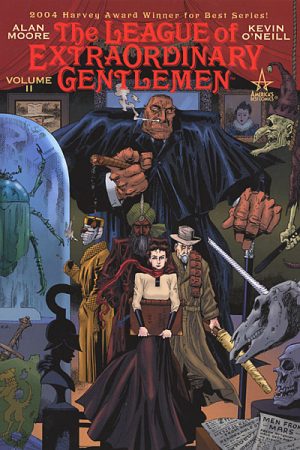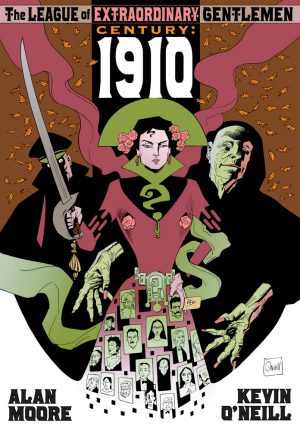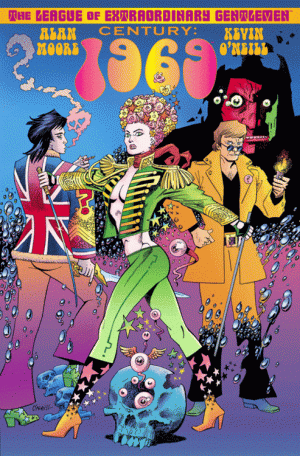Review by Karl Verhoven
In Watchmen Adrian Veidt, Ozymandias, concocted a monstrous plan to save a world. It failed, and he became reviled. He still believes he can save his world, but to do so must track down its most powerful hero Dr Manhattan, who has decamped to the main DC universe. Their meeting occurs in the opening chapter, and doesn’t go to plan.
Of all of Alan Moore’s characters to whom Geoff Johns gives a new voice, his most authentic is Dr Manhattan, provided with the same clipped, puzzled tone of a man to whom time is simultaneous. It was impressive in Watchmen and is a trick that bears repeating. How much the remainder of that story should be disinterred is another matter. Watchmen was so powerful because it stood alone. Mixing the cast with Batman and the Joker is wish-fulfilment rather than narratively compelling, and the Joker prancing about with a flamethrower aimed from between his legs is a sorry sight. Until the final reckoning Doomsday Clock is at its best when the characters from separate worlds are kept separate, and the best chapter here is an evolving tragedy without any of the Watchmen cast and a good role for Superman. He eventually becomes pivotal.
The problem is that while Moore had the density of his plot under control, Johns doesn’t cope well with the complexity, using a device to get a person from A to B, then forgetting about it. The key to Marionette helping out in Part 1 was Rorschach promising to locate her son. It doesn’t happen. For a long, long time one can also question her purpose at all. She leads into diversions, but has no impact on the main plot, despite an unconvincing attempt at explaining her presence toward the end before her true impact in the final chapter. That’s eventually cranked up by Dr. Manhattan. “I am a being of inaction”, he muses, “on a collision course with a man of action”.
If the plot creaks at times, the art shines throughout. Even allowing for Frank being compromised to some extent by following the artistic style of Dave Gibbons, he’s magnificent. Page after page swells with heroic figures, or people questioning themselves, all within fully formed locations, the technology as lovingly detailed as the personnel. And the storytelling is faultless. While becoming irritated at the plot flaws there’s always another stunning page of art to mitigate.
At the halfway point Doomsday Clock was proving a poor sequel to Watchmen, which continues over the opening chapter here, but Johns pulls the story back from the brink, tying almost everything together neatly along with a message of hope. The use of some characters followed for many chapters is revealed to be trivial, which is disappointing, but there’s a glorious purpose for an actor from the 1950s. Overall the spectacle is present, the reasoning is present and the revisions made to the DC universe make sense. The actual ending is open to interpretation: has Dr Manhattan merged with a young Superman on his original world? Is it the best of both worlds to safeguard the future?
The major problem remains so many points of slavish imitation, one being Ozymandias having another horrific plan, and there’s too much meandering before the end, but it pays off. Doomsday Clock is, however, best experienced in a single edition.
